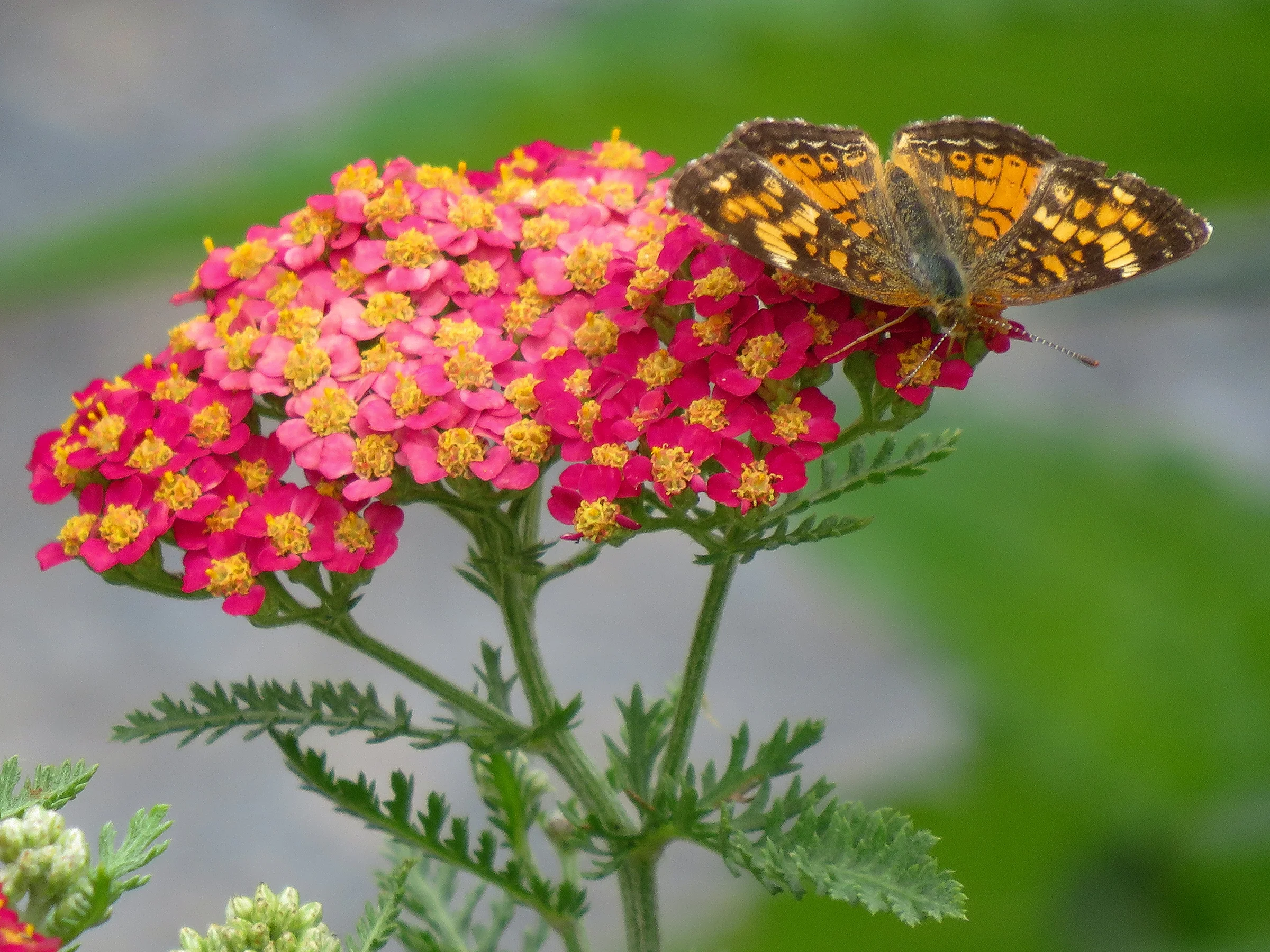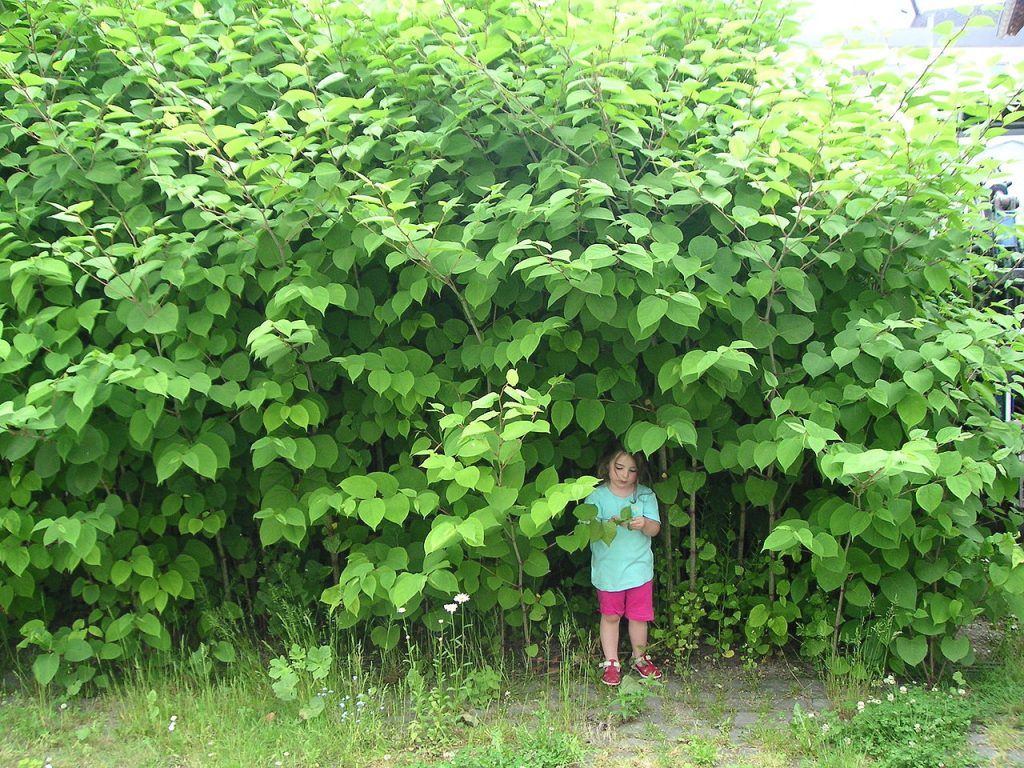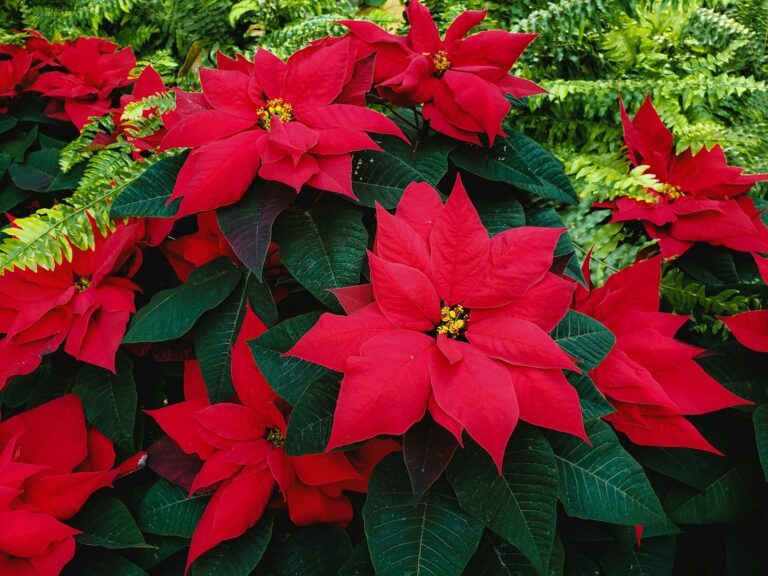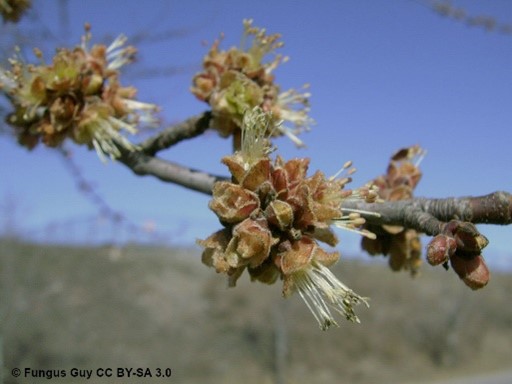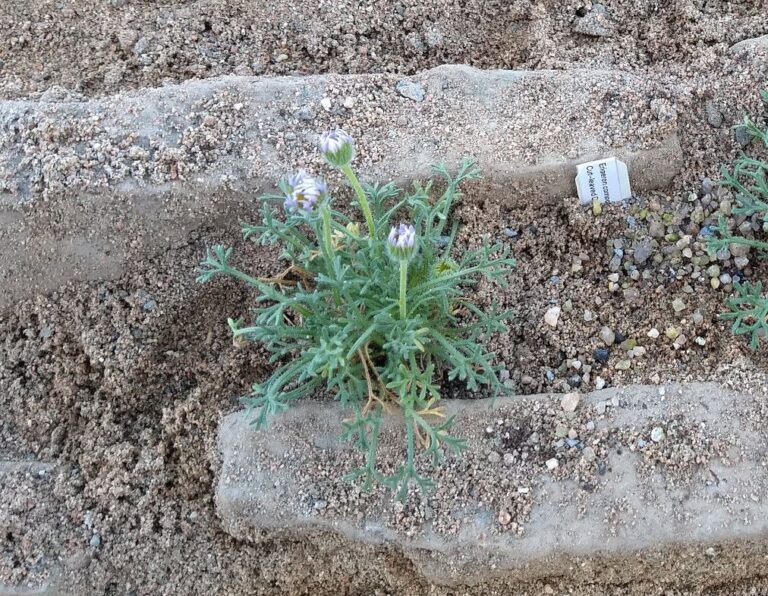From newsletter 2018
A visit to a garden is a chance to see beautiful plants, and often, unfamiliar ones. For centuries, gardeners have scoured the world for beauty that evolved in far-off lands. Many of our most cherished garden plants, then, originated somewhere else – and being the first to grow something new and strange has always been something to boast of. The quest for new accessions is a fundamental part of gardening, and it’s fun and educational, but over the years it’s had its dark side, too. That’s because gardening has been an important pathway for the arrival of invasive alien plants (and other creatures).
“Invasive” plants are those that are not native to an area, but that establish there, spread, and cause ecological or economic harm. There are thousands of such plant invasions worldwide, and they cost human societies billions of dollars every year – between the cost of efforts to control their spread and the cost of damage done by species we don’t or can’t control. Among invasive plants that have come to eastern Canada via gardens are oriental bittersweet (Celastrus orbiculatus), Japanese knotweed (Fallopia japonica), Himalayan balsam (Impatiens glandulifera), and many others.
It’s no coincidence that gardens are a pathway for plant invasions. Ecologists have studied, with some sense of urgency, the dynamics of these invasions – hoping to understand which plant species, and which routes of spread, are the most worrisome threats. This work points to two complementary reasons that gardens, unfortunately, favour the establishment and spread of invasives.
First, a set of plant characters turns out to be associated with successful establishment, and then spread, of a species outside its native area. Several of these traits are the very things that might endear a species to gardeners. These include fast growth (fills its spot quickly!), early and copious reproduction (lots of flowers!), tolerance of a wide range of ecological conditions (easy to grow!), lack of natural enemies (no pests!), and competitive superiority over other plants (doesn’t need weeding!). The advertising copy writes itself, doesn’t it? The very species gardeners might like to grow are the ones ecologists might worry about as invasives.
Second, we’ve learned that even the worst invaders often have trouble, at the beginning, establishing a beachhead. Many non-native plants are introduced, only to persist briefly in a small population before dwindling to local extinction. This may be because the few individuals present aren’t found by pollinators, or don’t have neighbours to share pollen with; or it may just be that small populations are always vulnerable to random events, to the vicissitudes of storms and freezes and other chance disturbances. Many invasive species, in fact, are introduced over and over again before they finally overcome the disadvantages of their initial rarity and begin to spread. But a gardener, of course, will work assiduously to buffer their plantings from these disadvantages. In tending the garden, in working actively to maintain the few individuals of a prized exotic, in weeding and fertilizing, in fencing from deer and soap-spraying free of aphids; in all these things, the gardener provides a sheltered toehold for a not-quite-yet-established invasive species. This is why gardens are beachheads.
What, as gardeners, might we do about this? Most importantly, every gardener should know what they’re planting and should think twice about their choices. Japanese knotweed might give you an instant patch of lush greenery – but it’s nearly impossible to dislodge when you tire of it, and it spreads beyond your garden to damage native habitats. You won’t find it in our Garden, and we advise against planting it in yours. But that’s just an example. So if you’re considering adding a new plant to your garden, it’s worth screening for invasiveness. Don’t assume that a plant you can buy at a nursery or through the mail is OK, or that a plant in a friend’s garden will be problem-free in yours. Instead, do some research: an internet search for (name of plant) + “invasive” will go a long way, as will questions asked by a local gardening expert or botanist (our Garden can connect you with both). Knowing what you plant is part of being a responsible gardener – and it can be part of the pleasure of gardening too.
Here’s an excellent brochure on some of New Brunswick’s invasives to watch for: peiinvasives.ca/wp-content/uploads/2016/03/NB-field-guide-en-lowres.pdf.
